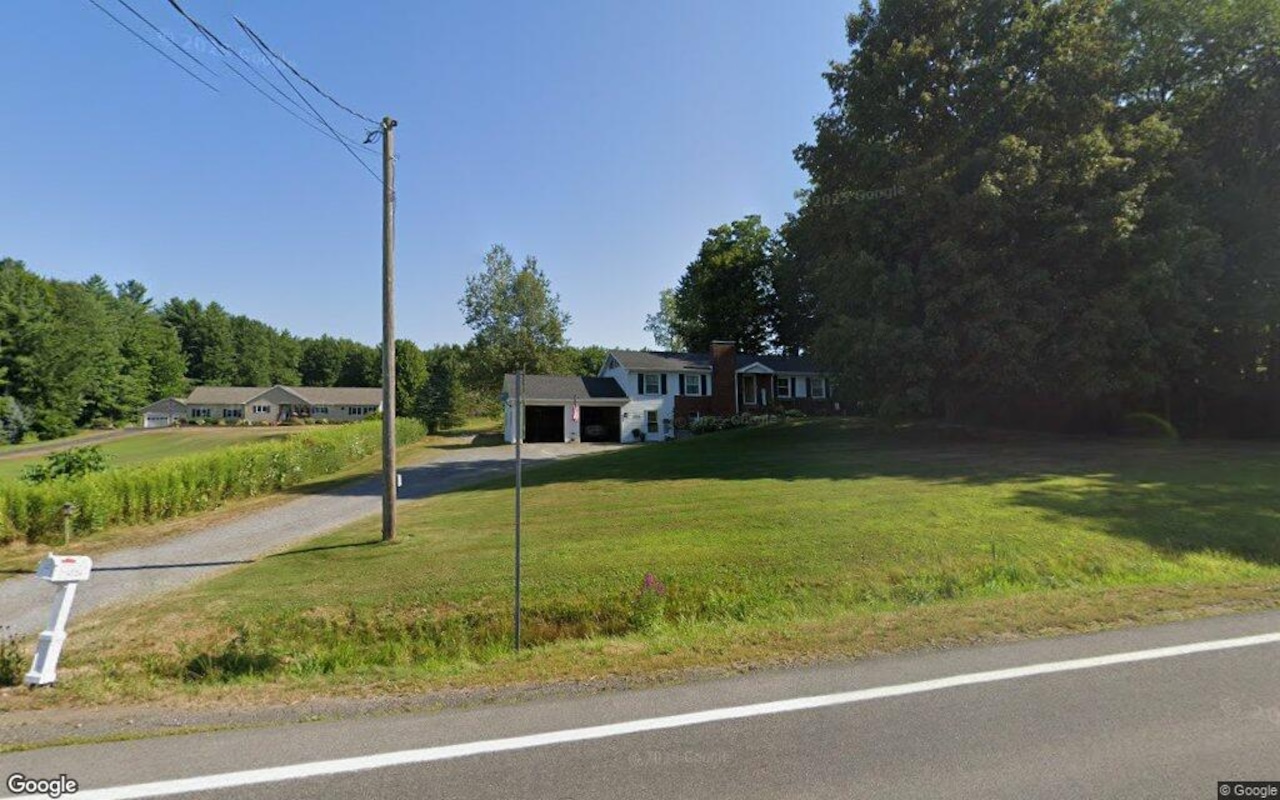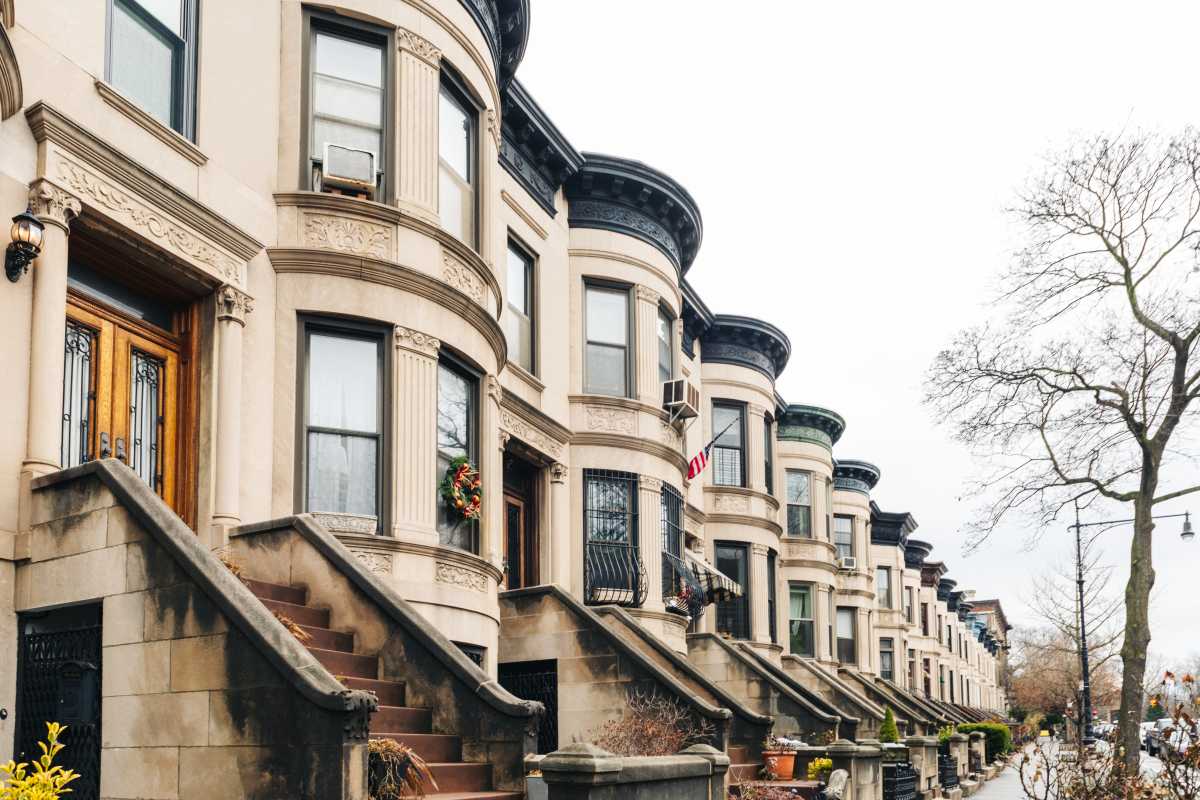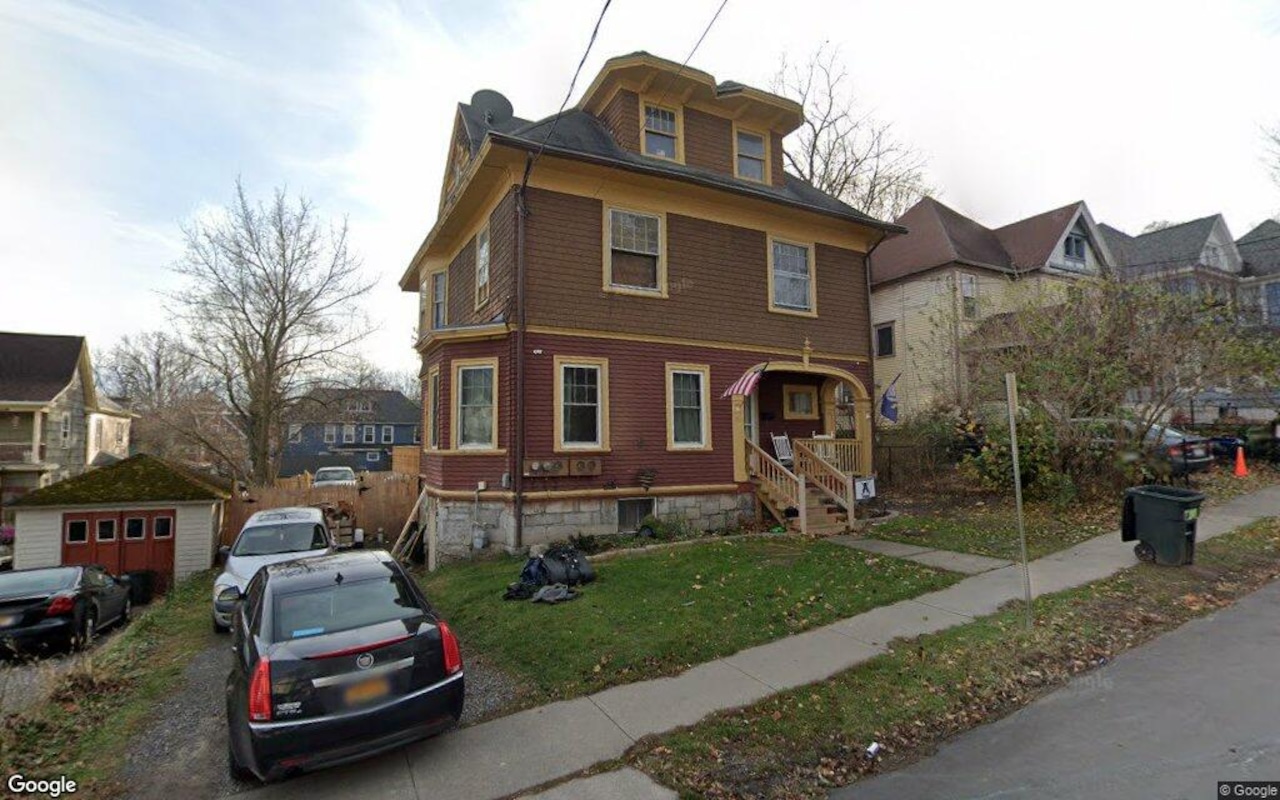I
n the aftermath of the pandemic, the real estate sector has presented a complex landscape of opportunities and challenges. While the Morningstar US Real Estate Index trailed the broader market in 2021-2022, certain REITs have demonstrated strong competitive advantages and undervalued fundamentals. These companies are well-positioned to capitalize on long-term trends such as urbanization, healthcare demand, and the resurgence of physical retail.
For income-focused investors, identifying REITs with durable business models and attractive yields requires a nuanced understanding of sector-specific dynamics. A "wide-moat" REIT is typically characterized by its ability to sustain competitive advantages over decades. Several REITs stand out for their strategic positioning and undervalued metrics, including Healthpeak Properties (DOC) and Americold Logistics (COLD).
Healthpeak has repositioned its portfolio to focus on medical office and life science real estate, a sector poised to benefit from the Affordable Care Act and an aging population. Its 6.82% forward dividend yield and 35% discount to fair value suggest compelling value for investors willing to bet on long-term healthcare tailwinds.
Americold Logistics has demonstrated resilience in a consolidating industry, with post-pandemic fundamentals rebounding as food manufacturers ramp up production. With a 5.53% yield and 46% undervaluation, Americold's dominance in cold storage logistics makes it a prime candidate for capital appreciation as supply chains stabilize.
Industrial REITs like Prologis (PLD) have thrived in the post-pandemic recovery due to e-commerce demand for logistics infrastructure. For investors, the key is to identify REITs with pricing power and high occupancy rates. Americold's mid-single-digit net operating income growth projections underscore its ability to maintain margins amid rising construction costs.
Office REITs like Kilroy Realty (KRC) and Boston Properties (BXP) have pivoted toward life science and high-quality office spaces, a sector where demand remains robust. Kilroy's 6.25% yield and 41% discount to fair value reflect its focus on West Coast markets with young, modern properties.
Healthcare REITs like Healthpeak are insulated from many macroeconomic risks due to inelastic demand for medical services. Retail REITs have had to adapt to the rise of e-commerce, with Federal Realty Investment Trust (FRT) and Macerich (MAC) succeeding by curating portfolios with high-traffic, service-based tenants.
High yields often come with elevated risks, particularly in sectors like hotels. Park Hotels & Resorts (PK) offers a 9.39% yield but carries a 52% discount to fair value and exposure to volatile demand cycles. Investors must weigh the company's vulnerability to economic slowdowns and competition from Airbnb.
To build a resilient portfolio that balances income and long-term growth, investors should diversify across sectors, prioritize durability over yield, and monitor valuation metrics. The best opportunities lie with REITs that have adapted to shifts in remote work and e-commerce, focusing on companies with strong tenant relationships, high-quality assets, and sector-specific tailwinds.















